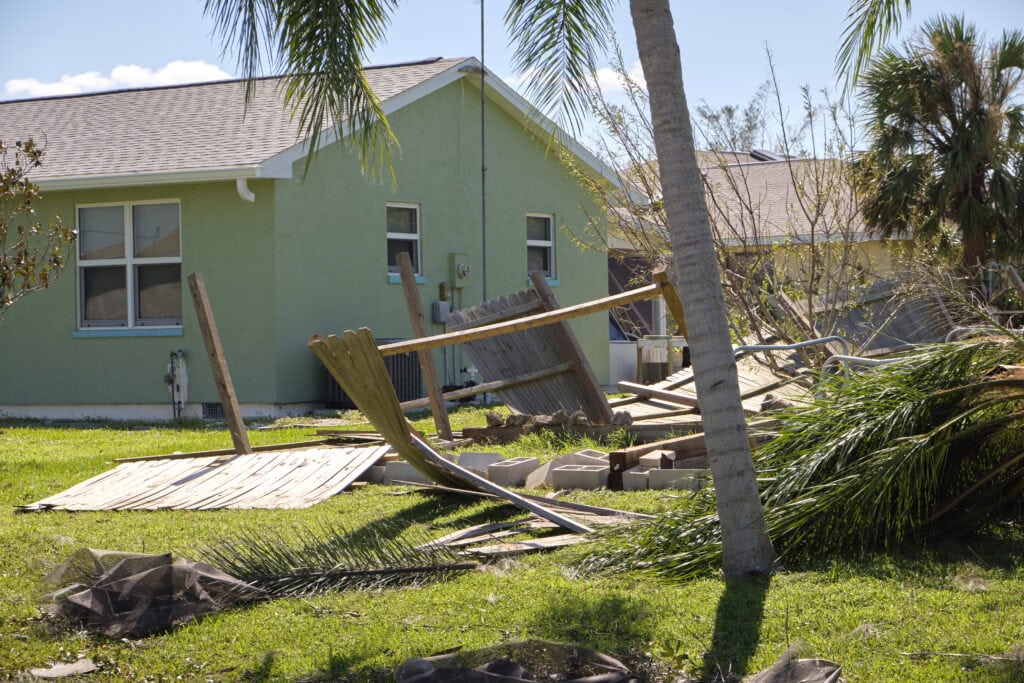When a storm damages your home, you’re likely juggling roof repairs, insurance adjusters, and conversations with contractors. Even if you’re already familiar with terms like “deductible” and “depreciation,” it can be helpful to take a closer look at how they actually function within the claims and repair process. Whether you’re deepening your understanding or helping a family member navigate their own situation, this article provides a clear breakdown of how deductibles work, how depreciation affects your payout, and the crucial role contractors play after a storm.
Understanding How Deductibles Work
A deductible is the amount you’re responsible for paying before your insurance coverage takes over. For example, if your storm damage is estimated at $12,000 and your deductible is $1,000, the insurance company will typically pay $11,000, leaving you responsible for the $1,000 deductible.
Deductibles may be listed as:
- A flat dollar amount
- A percentage of your home’s insured value
Percentage-based deductibles are especially common with wind or hurricane coverage, so it’s important to review your policy closely. This is especially true if you live in a storm-prone area. After a major weather event, knowing exactly how much you’ll owe helps you budget for repairs and confidently choose the right contractor.
But the deductible is only one piece of the puzzle. Understanding how depreciation affects your payout is just as important.
What is depreciation, and how does it affect payout?
Before diving into how depreciation affects your claim, it’s helpful to understand two common coverage types:
- Actual Cash Value (ACV): The current value of the item, subtracting depreciation.
- Replacement Cost Value (RCV): The amount needed to replace the item with a new one of a similar kind and quality, without deducting depreciation.
Some policies offer ACV only, while others include RCV with recoverable depreciation. Understanding which type your policy uses is key to knowing how much you’ll actually receive.
Depreciation refers to the loss in value of items over time. Roofing, siding, and other home materials naturally wear down, meaning they’re worth less today than when first installed. Many policies calculate your claim in two parts: actual cash value (ACV) and recoverable depreciation.
When your claim is approved, your insurance company may first issue payment for the ACV, reflecting the current value of the damaged materials. The rest, known as recoverable depreciation, is paid out after the work is completed and documented. That means you may need to pay more upfront and wait for reimbursement once your contractor finishes the repairs.
Why You Don’t Get One Big Check
Homeowners often assume the insurance company will issue one big check, but that’s rarely the case. Insurance companies break up payments to reduce the risk of fraud and ensure that the repairs are actually completed. This staged payout structure also enables them to confirm that all work aligns with the scope of the original claim. Clear communication with both your adjuster and your contractor can help you plan accordingly. This is especially important if your policy only covers ACV. In those cases, you may not be reimbursed for the depreciation at all.
The Role of a Contractor in Insurance Repairs
Hiring the right contractor after storm damage is critical. While it’s tempting to rush the process, especially if your home is exposed to the elements, choosing wisely can save you time, money, and stress. A general contractor with experience in insurance restoration will understand how to coordinate with your provider and submit the necessary documentation for depreciation release.
Contractors with 20 or more years of experience are often a reliable choice. Seasoned professionals are more likely to stay on schedule, provide accurate progress updates, and finish the job within budget. This is especially important if you’re overseeing repairs for a family member who may not be able to manage the process independently.
Some contractors will even speak directly with your insurance adjuster to clarify the scope of work or justify certain material costs. That collaboration can move the process along more efficiently and ensure you’re getting the full value of your claim.
How Everything Connects After a Storm
After a weather-related loss, your deductible, depreciation, and contractor are all part of one process. When these elements are handled in sync, repairs move faster, communication stays clearer, and you’re less likely to be surprised by unexpected costs.
Here’s how the process typically unfolds:
- You file a claim and pay your deductible.
- An adjuster inspects the damage and calculates the actual cash value of your losses.
- You hire a contractor and schedule repairs.
- Your insurance company pays the initial amount (ACV).
- After work is completed and verified, the insurance company pays the recoverable depreciation.
While the process may seem complicated, a qualified contractor can help you navigate each step with confidence. The best ones know how to work with insurance companies, avoid delays, and keep you informed throughout the repair process.
Connect the Dots to Recover with Confidence
Navigating the aftermath of storm damage can feel like a maze of paperwork, phone calls, and urgent repairs. But when you understand how your deductible works, how depreciation affects your payout, and how to partner with a reliable contractor, the path forward becomes much clearer.
These elements are not separate. They work together as part of a unified process that helps streamline repairs and minimize surprises. The more you know about how they interact, the better equipped you’ll be to make smart, timely decisions and restore your home without added stress.
Insure with Masters!
At Masters Insurance, we’re committed to helping you understand the factors influencing your insurance premiums and providing personalized solutions to meet your needs. Contact us today to learn more about how we can help you protect what matters most, with personalized support at every step!

